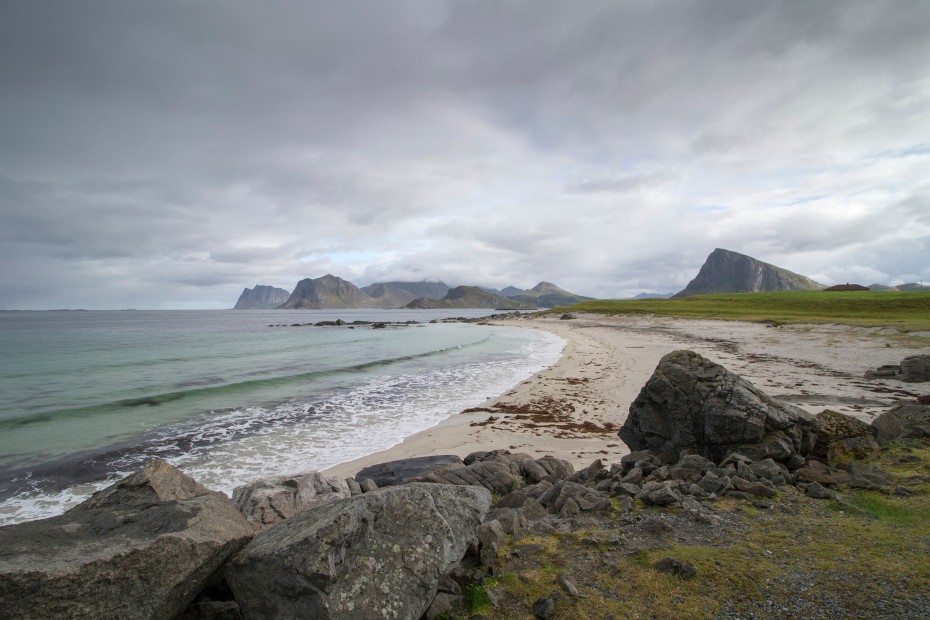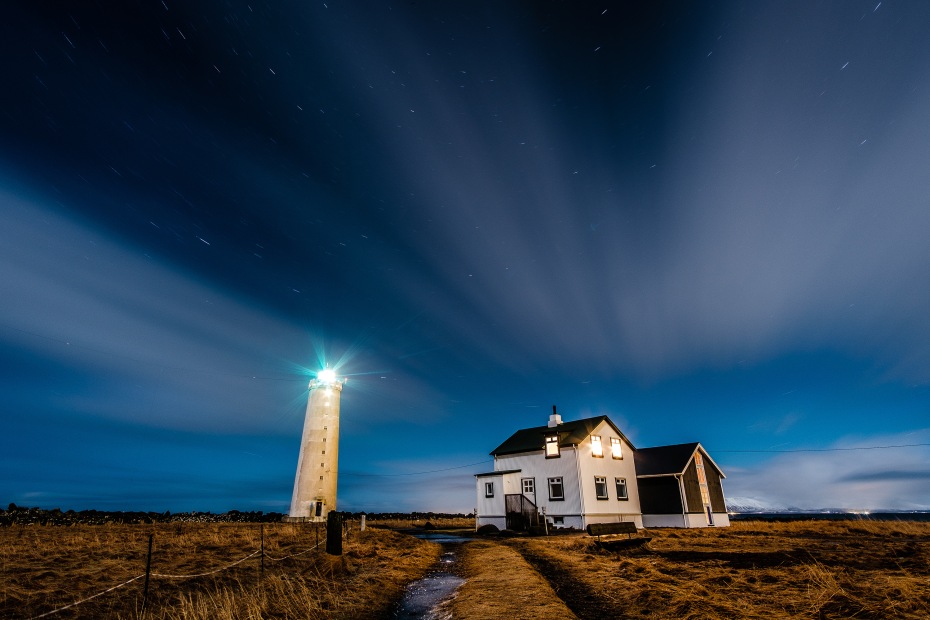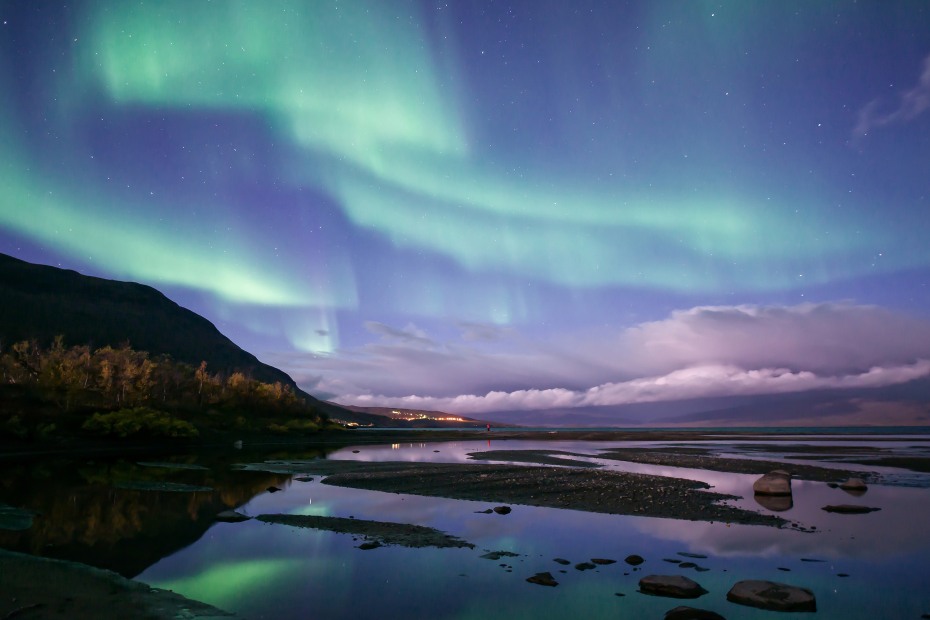They hang like eerie rainbows in the night sky—neon green, bright pink, fluorescent orange, and bright, bold blue. Stand and stare long enough and you’ll see them move like fractals on a screen saver. Find a quiet spot and you might even hear them make a bizarre crunching sound.
Witnessing the aurora borealis, or northern lights, is an experience unlike any other. It’s one of the few moments in the natural world that appeals to an innate part of us, making hairs stand on end. The spectacle is the result of charged particles colliding with Earth's upper atmosphere, caused by solar wind. Glimpsing it is rare.
Naturally, then, it’s important to know where to go. Here, in no particular order, are the best spots to see the northern lights—including three in the U.S.
Fairbanks, Alaska
This inland city is the closest you can get to the Arctic without actually being there—it’s just two degrees south of the Arctic Circle. In winter, that means the northern lights shine with frequency. For optimal viewing, head out to geothermal-powered Chena Hot Springs Lodge, which is far enough away from downtown to dull light pollution. Another bonus of being there: You can marvel at the aurora from a giant hot tub.
Bigfork, Montana
You can’t count on seeing the aurora borealis in Northern Montana every year, but when conditions are just right, you can spot them perfectly from Flathead Lake. Perhaps the best spot from which to ogle: Bigfork, a tiny town at the northeast corner of the lake. When the lights appear, they’ll be hanging over the hills on the far side, seemingly so close you could just reach out and grab them. The optical illusion should distract you long enough to forget about the subzero temperatures outside.

Storsandnes Beach in Flakstadøy on the Lofoten Islands, Norway.
Flakstadøy, Norway
The Lofoten Islands are considered the best spot in Norway to see the northern lights, and travelers rave about the experience on Flakstadøy. This island, located above the Arctic Circle and in the center of the archipelago, is known for its flat and sandy beaches—a relative rarity in the region—that provide a dramatic vantage point for the aurora. The beach at Ramberg is particularly spectacular since it looks out over the Norwegian Sea with an unobstructed view.
Fort Nelson, British Columbia
Residents of this northern British Columbia town get so excited about the auroras every year that they throw an entire festival dedicated to them. The festival, held in March, includes live music and food from around the region. Of course, it also revolves around the heavens, which historically are clearer at this time of year. If you’re struggling to escape light pollution downtown, head west on the Alaska Highway to Muncho Lake Provincial Park, one of the darkest spots in the area.

Escape the lights of Reykjavík at the Grótta Island Lighthouse.
Grótta, Iceland
The best thing about viewing the northern lights in Iceland is that the season extends far beyond winter—some years you can start seeing auroras as early as August, and they usually remain in the sky until March. The night-sky spectacle usually is visible in the capital of Reykjavík, but a trip to Grótta, just a few miles out of town, provides respite from light pollution and, therefore, better viewing.
Idaho Panhandle National Forests, Idaho and Washington
What makes this 5,000-mile open space in Idaho and Washington such a great spot to glimpse the auroras in winter? In a word: lakes. When the northern lights come out, they reflect off the flat surface of the lakes, creating a mirror effect. Priest Lake, Revett Lake, and Lake Pend Oreille are three great spots to set up for a glimpse.

The lights dance over Abisko National Park in Sweden.
Abisko National Park, Sweden
The Swedish Lapland near the Norwegian border is such a good spot for viewing the northern lights that the government erected a tower at the top of Mount Nuolja and named it the Aurora Sky Station. From up there, the lights are a 360-degree experience, nature’s version of IMAX that plays on repeat all night long. The journey to the top is noteworthy in and of itself; visitors take a chairlift just like the ones they’d take at local ski resorts.
Best Time to See Northern Lights
While you have a chance of seeing them from September to late March or so, the northern lights are easiest to spot on clear, dark winter nights.
Viewing Tips
The northern lights certainly are a sight to behold. Here are a few tips for maximizing the likelihood that you see them if you head north.
- Seek out open areas outside of towns or cities that have less or no light pollution.
- Be ready to go at the darkest time of night; if they’re going to show themselves, the auroras usually do so between midnight and 4 a.m.
- Dress warmly; most of the places from which you can see the lights are freezing in winter.
- Be sure to check the Space Weather Prediction Center, a partnership between the National Oceanic and Atmospheric Administration and the National Weather Service. The site gives daily 30-minute forecasts for the likelihood of seeing the northern lights.
